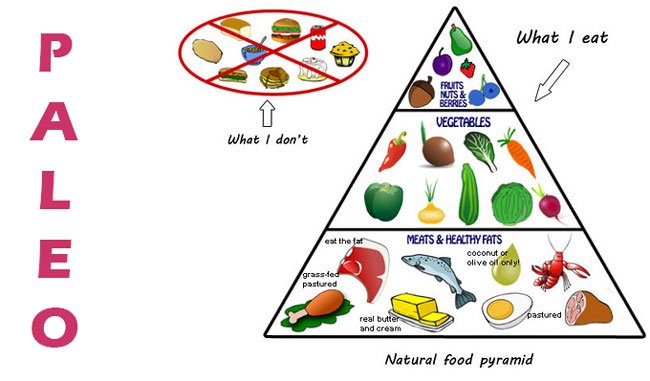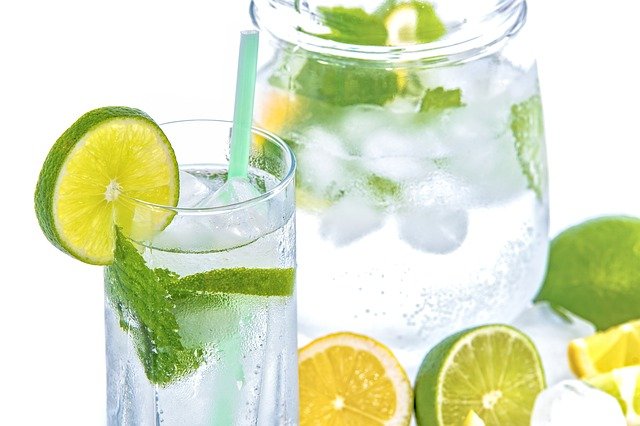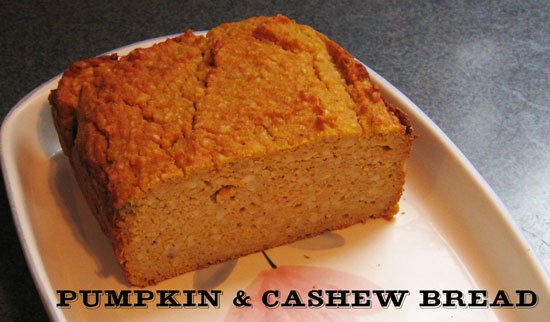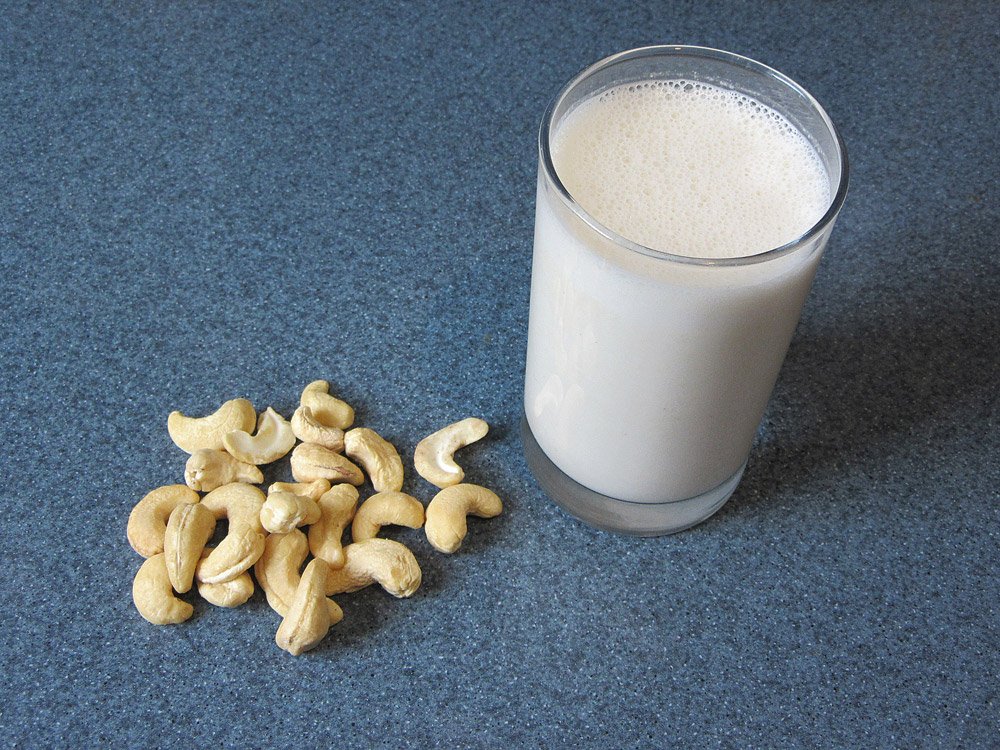Some more tips on making the switch to unprocessed foods, and what to expect if you go “cold turkey”.
First up, if you’re not clear on exactly what a Paleo diet is, check out my post that gives an overview on it. Though the picture below will give you an overview of what a real food diet might look like.

In my first post on how to change over to real foods, we talked about:
• Getting support from your household and from Steemit
• 100% vs the 80/20 rule, and making gradual changes
• Logistics and planning ahead – equipment, meals, recipes
• Keeping a journal to log your progress
• Making the first change - breakfast
Now moving on…
What to expect if you go cold turkey
I generally recommend that people make one change at a time, and gradually improve their diet, but for some people it’s more appropriate to change quickly. Some people just because they like to, but others that are very ill and need to change now!
The drawback of going cold turkey is that you are likely to feel pretty bad for a few days, though you may not. Repeating what I said in the previous post: “When you stop eating sugar, or any other foods you are addicted to, they will fight back. Some of them may be foods you had no idea you were addicted to. Don’t get discouraged if you get unbearable cravings for something you’d given up.”
So don’t be alarmed if you have symptoms like headache or general aching, fatigue or weakness, cravings, nausea, foggy head or worsening of any of your current symptoms. Make sure you have food prepared ahead of time, and plan some time off work so you can rest as much as you need to.

The good side is that you will get over it, at least physiologically, in about 4 days, and after that it will get easier. If you choose to do a juice fast or, even better, a water fast, for the first few days, you will probably move through even more quickly, as you will be resting your digestive system.
Don’t undertake a fast lightly though. Look out for my post about water fasting over the next couple of days.
Go through your cupboards
Whether you decide to change slowly or quickly, it’s time to do an inventory of your current food.
If you use a lot of packeted, canned or frozen foods, now would be the time to review those. Read each label. If the ingredients are recognisable as food, you can put them away again. If you see a bunch of things like these, it will need to go:
• Added sugar (or any other word for sugar like sucrose, dextrose, glucose, syrup) – small amounts of honey or real maple syrup are acceptable
• Artificial anything
• Numbers or anything chemical sounding
• Vegetable oils (which are actually usually seed oils) – unless it s coconut oil
If the packet is unopened, donate it to a local food bank. If you’ve opened it, you have a choice. If your budget is limited, you may choose to replace it with something better when it runs out. If you are going cold turkey, just bin it!
Making substitutions
There are a lot of different substitutions you can make, and some of these will be featured here in #paleo over the coming weeks. But here are some to get you started. This is roughly in order of the foods that are likely to be causing most problems. You don’t have to change in this order. Choose something that will be reasonably easy for YOU to start with.
Sugar
If you must have something sweet, a little honey or real maple syrup is considered paleo. Or you can use some dried fruit such as dates to sweeten.
Soft drinks (soda) / fruit juice
These are a double whammy as far as danger goes. They will either be full of sugar, and you already know why that’s bad, or you wouldn’t be reading this, or they will have artificial sweeteners, which may be even worse. Full strength fruit juice is no healthier than soft drinks, as it is essentially a glass full of sugar!
Ultimately, you are aiming to drink water if you are thirsty. You may also be drinking tea, coffee, herbal drinks, vegetable juices or fermented drinks for other reasons.
But as an intermediate step, try getting some pure fruit juice and then diluting it sparkling mineral water. As time goes on, have more water and less juice, till it’s all mineral water. Maybe with a hint of lemon or lime.

Water
While we’re talking water, unless your tap is attached to your own water collection system, what comes out of it likely to be toxic, if you live in a Western country. This is a big subject, so we’re not going to cover it now, but starting thinking about better sources.
Grains
Grains are very high in carbohydrate, which causes a lot of problems for many of us. As well as that, some have specific problems with gluten or wheat. In general, grains are not considered paleo, but choose the levels here that you are comfortable with:
• No grains or pseudo grains at all
• No gluten grains, but a little corn, rice or pseudo grains (such as buckwheat, amaranth or quinoa)
• All types of grains, but only organic whole grains (@woman-on the-wing has lots of great recipes for you)
If you’re going gluten free, you should be able to find suitable substitutes in your local health store, or even supermarket. Just remember that gluten free doesn’t necessarily mean healthy – it may still be very high carb.

If you’re going all the way – no grains at all – there are still plenty of substitutions you can make:
• Bread – look for breads made with nut or coconut flours (there are quite a few recipes like this in my recipe list below)
• Rice – check out @rebeccaryan’s post on how to make rice from cauliflower
• Noodles – you can make your own noodles from carrots or zucchini for example, using a spiraliser or julienne slicer. Or if you’re in a country that has spaghetti squash, the inside of the squash is already in noodle form for you
Dairy
Technically not Paleo, but some people are fine on dairy as long as it is grass fed, and ideally either unpasteurised or fermented. This is another huge subject, which I’ll write more about soon.
In the early stages, I’d say – if you can tolerate it, a little cheese is fine. Good quality pasture raised milk may be ok fermented (recipes to come). Butter and ghee will be fine all the way through unless you’re very dairy intolerant.
To replace milk, avoid the temptation to replace it with soy milk. This is a very bad idea, and again, a story for another day. For a savoury recipe, meat or bone broths are nice and a good source of minerals. For a sweeter recipe, nut or coconut milks are better. Instructions on how to make your own nut milks are partway down my first recipe post, for a Choc Blackcurrant Smoothie

In a smoothie, avocado also works well.
Meats
Any kind of unprocessed meat is fair game, so to speak. But again, it’s highly recommended that you look for meats labelled free range and either pasture or grass raised.
Cooking fats
Extra virgin olive oil is great for salads or pouring on veges once they are cooked. But for heating, you need stable fats or to put it another way – saturated fats! Far from being dangerous, they are the healthiest fats for us.
So you can cook with coconut oil, butter or ghee or animals fats. This includes fat collected from a roast, which has the added benefit of being essentially free!
Sauces and spreads
Peanut butter – this is probably a fairly easy switch. Look for a brand that has just peanuts – no sugar, no salt, just nuts. As peanuts can often be affected by aflatoxins, switching to a nut butter such as almond would be even better. EDIT - there is nothing wrong with real salt, such as celtic sea salt. But processed salt, which has all the minerals except sodium taken out, is not recommended and that is the kind of salt that would be in most peanut butters.
Mayo – again, this is easy peasy – make your own! @baerdric shows you how, right here.
Fermented foods like sauerkraut are also great condiments. See @rebeccaryan’s post on how to make kraut here.
Thanks for reading and let me know how you get on – and ask as many questions as you like!
Remember to check out other articles under #paleo where we’re aiming to gather together some great Paleo authors and share lots of useful info.
The Paleo food pyramid is in a few places but although I can’t find it there, I think it first came from Mark Sisson of www.marksdailyapple.com. The rest of the pics are from Pixabay, or are my own.
Follow me for more health, nutrition, food, lifestyle and recipe posts.

[I offer one on one nutritional coaching or EFT (Emotional Freedom Technique) sessions by Skype. Bitcoin, Steem or Paypal accepted. Contact me in Discord or SteemitChat.
Some of my previous NUTRITION posts:
• The wide variety of healthy diets out and what they have in common
• The travels of Weston A Price and his discoveries about healthy diets
• Good fats vs bad fats
• DNA testing for better Health & Fitness
• DNA testing part 2: How Well Do I Digest Carbs?
• DNA testing Part 3: I can’t eat Carbs & How to Manage that
• About the Gut & Psychology syndrome (GAPS) diet Part 1 – Can it help autism?
• GAPS diet Part 2: Foods we can’t have
• GAPS diet Part 3: Foods we CAN have
• GAPS diet Part 4: What if I can’t eat some animal foods
• Salicylate intolerances
• Introduction to the Paleo diet
• How to change over to real foods - Part 1
RECIPES AND KITCHEN TIPS:
• Choc Blackcurrant Smoothie
• Paleo Cottage Pie
• Feijoa Pear Smoothie
• Grain free, dairy free Pumpkin & Cashew Bread
• Tip for storing ginger & tumeric
• Grain Free Banana Cashew muffins
• Warming winter soup
• Breakfast ideas
• Healthy Chocolate & Fudge
• Jerky with vegetables
• Choco-mallow protein bars
• Equipment for the real food kitchen
• Carrot Almond bread
• Grain free Fruit & Nut bar
• Vegetable muffins
• Finger food for a gathering
• Real food ideas for snacks and road trips
• Grain free cheese muffins
• Best ever (and easiest) Christmas cake
• Orange Cranberry Xmas Breakfast Muffins
• Festive smoothies for Xmas morning
• Crisp & crunchy Xmas cheese stars
• Xmas menu ideas
• Planning your holiday eating to be a bit more balanced
• For MORE RECIPES and my 15 step Whole Food cooking course, see my recipe website.


